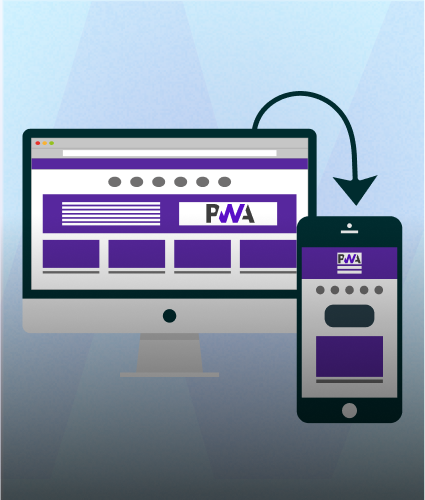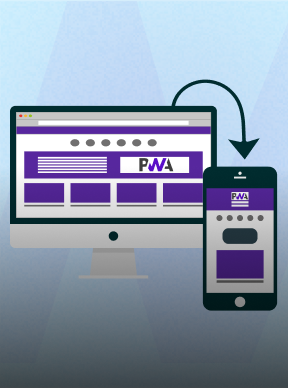Introduction
In the world of IT, prototyping is a powerful tool that can be used to test and validate solutions before they are implemented. A prototype is a preliminary model or sample of a product or system that is used to test and refine its features and functionality. IT teams can test and fine-tune the design of software or hardware solutions using prototypes before moving forward with development. The power of prototyping and how it can be used to test IT solutions will be discussed in this blog.
In today's fast-paced world, companies need to quickly develop and deploy IT solutions to remain competitive. However, rushing into implementation without proper testing can result in costly errors and negative feedback. This is where prototyping comes in. Prototyping involves creating a preliminary version of a solution to test its functionality and user experience before its final release.
Understanding Prototyping
Prototyping involves creating a preliminary version of a solution, often in the form of a mock-up, to test its functionality and user experience before its final release. Prototypes can be made using a range of tools, from simple paper sketches to digital tools like Adobe XD or Sketch. The purpose of prototyping is to gather feedback from users and stakeholders early in the development process, allowing developers to identify and fix any issues before the final release.
Benefits of Prototyping
Testing IT solutions using prototypes has many advantages. Firstly, it saves time and resources by assisting developers in finding and fixing problems early in the development process. Secondly, it allows for user feedback, which can be used to refine the solution and make it more user-friendly. Thirdly, it can assist stakeholders in visualising the finished product and helping them make better choices regarding its development. Last but not least, prototyping can produce better results because it enables developers to test various iterations and strategies in order to identify the best one.
Prototyping in Agile Development
Prototyping is an essential part of Agile development, a methodology that emphasizes flexibility and collaboration in software development. In Agile development, prototyping is used to rapidly test and refine solutions in short sprints, allowing for frequent feedback and iteration. By incorporating prototyping into the development process, Agile teams can quickly identify and fix issues, leading to faster and more efficient development cycles.
Types of Prototyping
Mock-ups can be used at various stages of the development process. For example, they can be used during the initial design phase to help IT teams to visualize the solution and identify potential problems. Mock-ups can also be used during user testing to gather feedback and refine the solution based on user input.
There are many different tools and techniques that can be used to create mock-ups. Some of the most common tools include:
- Paper Prototyping: This involves creating a physical mock-up using paper, pencils, and other simple materials. Paper prototypes can be used to test the basic layout and functionality of a solution.
- Wireframing: This involves creating a digital mock-up using specialized software tools such as Sketch, Adobe XD, and Balsamiq. Wireframes are more detailed than paper prototypes and can be used to test the layout, navigation, and functionality of the solution.
- Interactive Prototyping: Interactive prototyping involves creating a functional and interactive representation of a product or application to gather feedback, test usability, and demonstrate the user experience before the final development phase.
Tips for Effective Prototyping
Prototyping is an essential part of the product development process, allowing designers and developers to test and refine their ideas. Here are some tips for creating effective prototypes:
- Define the objectives: Before starting the prototyping process, IT teams should clearly define the objectives of the solution. This will help to ensure that the mock-up is designed to meet the specific needs of the organization.
- Involve the stakeholders: Prototyping should involve all stakeholders, including end-users, IT teams, and business leaders. This will help to ensure that the final solution meets the needs of all stakeholders.
- Keep the design simple: Starting with a simple and easy-to-understand design can save time and resources. It also helps to identify potential issues early on.
- Iterate and refine: Iteration and refinement based on user feedback is a critical part of effective prototyping. It helps to identify potential issues and opportunities for improvement, leading to a more successful product.
- Use appropriate tools: Choosing the right tools for prototyping is crucial. Selecting appropriate prototyping tools can help to create effective prototypes that meet specific needs.
- Test with real users: Testing the prototype with real users provides valuable feedback and insights. It helps to identify areas for improvement and ensures that the final product meets users' needs.
- Be open to new ideas: Being open to new ideas can lead to unexpected and innovative solutions. Embracing new ideas can help to create more effective prototypes and products.
- Document the process: Documenting the prototyping process can help to improve the process and refine prototyping skills over time. It also provides valuable insights and documentation for future reference.
Conclusion:
Prototyping is a powerful tool for testing IT solutions. By creating preliminary versions of a solution, developers can identify and fix issues early in the development process, gather user feedback, and ultimately lead to better outcomes. Incorporating prototyping into Agile development can lead to faster and more efficient development cycles. There are several types of prototyping that can be used, and following best practices can help to ensure that the most effective solutions are developed. Overall, prototyping is an effective way to ensure that IT solutions meet the needs of users and stakeholders while also reducing the risk of costly errors and negative feedback. By taking advantage of the power of prototyping, companies can achieve greater success in their software development efforts, delivering high-quality solutions that meet their business objectives and provide a positive user experience. Whether using paper prototypes or more complex functional prototypes, prototyping is an essential component of the software development process that can help companies achieve their goals faster and with greater confidence.





.svg)

.svg)



.svg)

.svg)


.webp)




.png)
.png)
.png)



.png)
.png)
.png)



